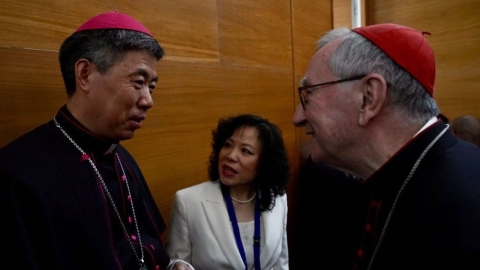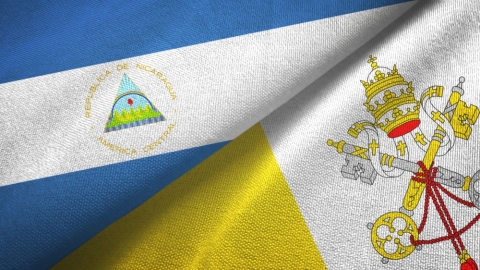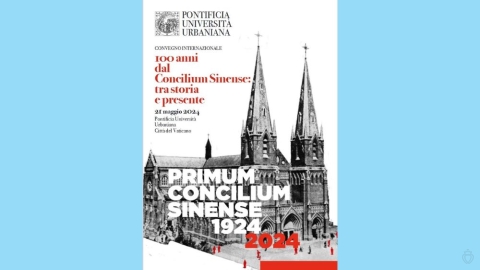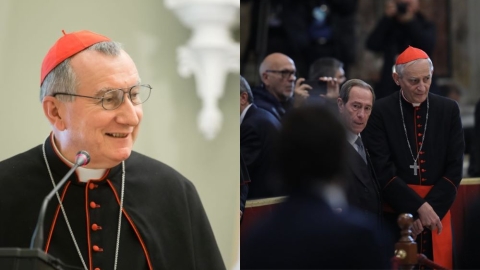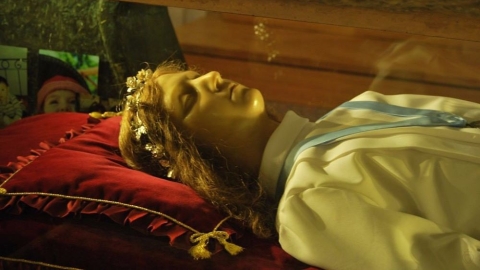Growing Christian Persecution in Laos
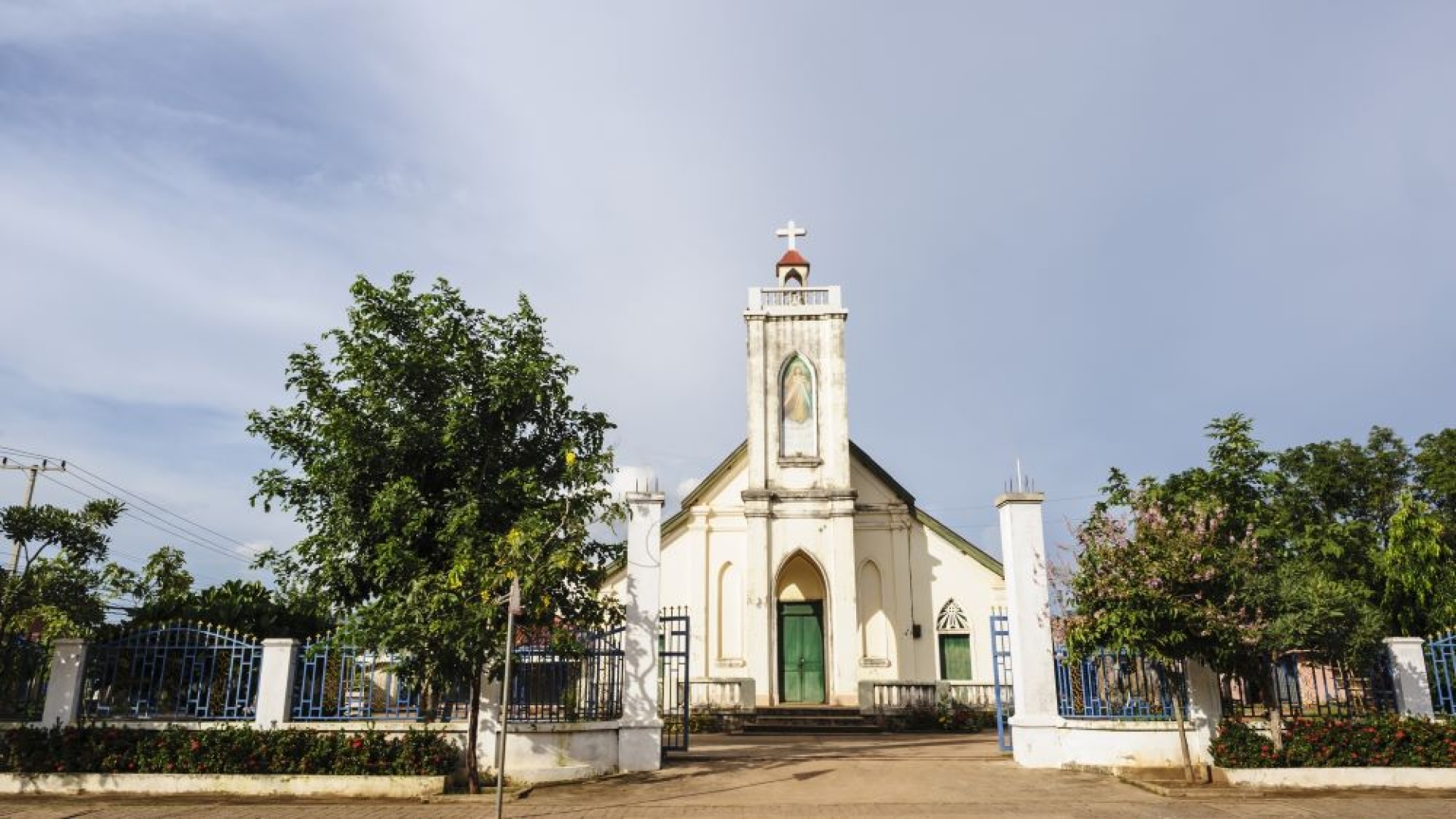
Church of Pakse in southern Laos
Churches closed or burned, faithful who have to flee into the rice fields, their belongings confiscated: in Laos, persecution of Christians is a growing phenomenon. According to the Christian NGO Open Doors, the country jumped from the 31st to the 21st place among the most hostile countries in the world for Christians.
It has been a long time since Christians have been so in the crosshairs of Communist power in Laos. For the first time in years, believers have lost their lives because of their Faith: in other words, the year of the dragon began poorly in this part of Southeast Asia.
Anti-Christian persecution observed throughout 2023 had a surprising breadth: 25 churches were the target of attacks, compared to "only" four the previous year; 65 Christians were imprisoned, compared to 18 in 2022. And nothing seems to indicate a change in the trend in violence since the start of 2024.
Many Christians who were driven from their homes must now flee and live far from their villages. In March 2023, authorities stopped the construction of a church when a cross visible on the exterior was planned. The building was destroyed with stones, just like the houses of Christians. The faithful finally had to flee into the rice fields.
On February 4, 2024, Radio Free Asia reported the testimony of Christians explaining that they had been prevented from meeting at the home of one of the faithful in order to pray there on Sundays: "the village authorities demolished our house around 10:30am Sunday morning because they did not want us to worship God; although we filed a complaint, the authorities did not lift a finger to protect us," one victim stated.
Another member of the faithful reported that in January 2024, "distinguished members" of his village summoned the six Christian families of the region and told them to stop practicing their religion. Should this be refused, they added, the village leaders "would have demolished" the private building in which the faithful had become accustomed to gathering.
Laos Today
In Laos, a nation governed by a one-party Communist regime, the majority of the population (67%) is Buddhist; out of a total of around seven million inhabitants, Catholic represent a little less than 1% of the population and Protestants around 2%.
Successive Catholic missionaries have launches multiple attempts to evangelize Laos since 1630, without managing to establish themselves there in a stable way. Missionaries of Paris Foreign Missions (MEP) arrived in the country in 1878 and have obtained more success.
It is through them that an indigenous Church could be founded in Laos. The religious of the MEP created the first missionary station there on December 8, 1885, a date today considered as the founding of the Catholic Church in Laos.
On their side, the OMI--the Missionary Oblates of Mary Immaculate--arrived in 1935, concentrating their action principally in the mountainous indigenous regions of the north. The 60,000 Laotian Catholics are predominantly from Vietnam, although we find among them other ethnic groups like the Hmong, originating from southern China and living in the regions surrounding the Mekong river.
The authorities of the capital, Vientiane, only recognize four religions: Buddhism, Christianity, Islam, and Bahaism, a monotheistic religion that came from Persia in the 19th century and which proclaims principled spiritual unity of the human race.
The Church is organized today around four apostolic vicariates and enjoys a certain tolerance in the large cities--the opposite of the countryside, where persecution is more intense.
(Sources : Asianews/Die Tagepost/Mission étrangères de Paris – FSSPX.Actualités)
Illustration : Photo 33528011 © Sorachar Tangjitjaroen | Dreamstime.com
